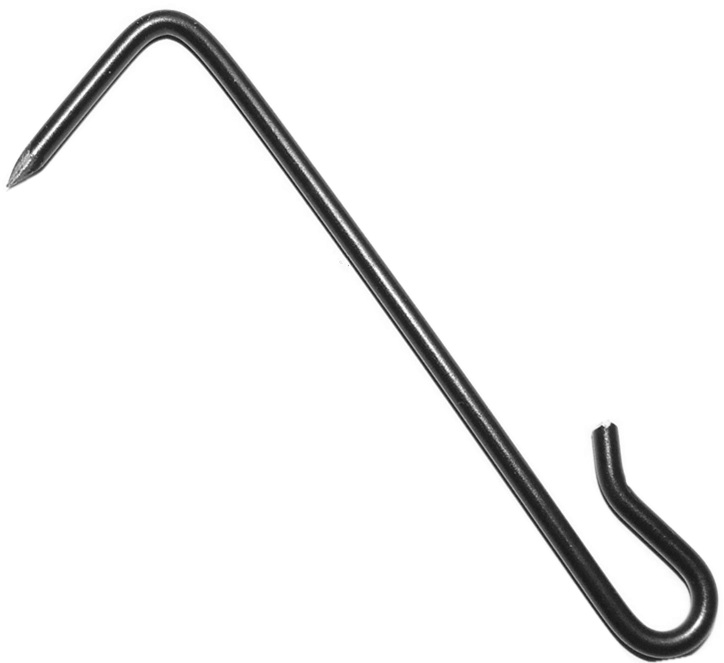
- Mobile Phone
- +8613931874955
- sales@cntcmetal.com
cavity wall wall ties
Understanding Cavity Wall Ties An Essential Component in Modern Construction
Cavity walls are a common feature in contemporary building design, particularly in regions where climate and weather conditions dictate robust structural solutions. These walls consist of two separate layers, or “skins,” typically made of brick or block, with a gap, or cavity, in between. One of the critical components in ensuring the structural integrity and stability of cavity walls is the use of cavity wall ties.
What are Cavity Wall Ties?
Cavity wall ties are metal connectors that bridge the gap between the outer and inner layers of a cavity wall. Their primary function is to attach the two skins together, providing necessary structural support and ensuring that the walls work cohesively to withstand loads from wind, rain, and other environmental factors.
These ties are essential for preventing the outer layer from moving independently from the inner layer. They help to maintain the integrity of the wall system and prevent issues such as bowing or cracking, which can arise from thermal expansion, contraction, or lateral forces.
Materials and Types of Cavity Wall Ties
Cavity wall ties are manufactured from various materials, including stainless steel, galvanized steel, and plastic. Stainless steel is often favored for its durability and resistance to corrosion, making it suitable for environments where moisture is present. Galvanized steel is another common option, treated with a zinc coating to enhance its resistance to rust and corrosion.
There are several types of cavity wall ties, each designed for specific applications. Some common types include
1. Standard Wall Ties These are the most commonly used ties, suitable for traditional brick and block constructions. They help stabilize the wall structure and are usually spaced at regular intervals.
2. Ancon Wall Ties These high-performance ties are designed to connect cavity walls where additional strength is required, such as in high-rise buildings or areas prone to adverse weather conditions.
cavity wall wall ties

3. Restraint Ties These ties are essential in situations where cavity walls need additional support, often used in conjunction with other structural elements to ensure stability.
4. Movement Ties Designed to accommodate movement due to thermal changes, these ties allow for slight shifts in the materials while ensuring overall structural stability.
Importance of Cavity Wall Ties in Construction
Cavity wall ties play a crucial role in the overall structural system of a building. By effectively connecting the inner and outer leaves of a cavity wall, they ensure that the walls can handle the various forces exerted upon them. Proper installation and spacing of these ties mitigate risks associated with water ingress, which can lead to mold growth, damage to the building envelope, and decreased thermal performance.
Moreover, building regulations often stipulate specific requirements for cavity wall ties, including their spacing, type, and material. Compliance with these regulations is essential to ensure the safety and longevity of a structure.
Installation and Maintenance
The installation of cavity wall ties should be carried out by qualified professionals who understand the requirements of the specific building design and local regulations. Proper spacing and positioning are critical; typically, ties are installed at intervals of about 600mm horizontally and 450mm vertically.
Maintenance of cavity wall ties is generally straightforward, given their durability. However, regular inspections should be carried out to ensure that no corrosion or damage has occurred, particularly in older buildings or those situated in harsh environments.
Conclusion
Cavity wall ties are indispensable components of modern cavity wall construction, providing the essential link between the two leaves of a wall system. They enhance structural integrity, support thermal performance, and contribute to the longevity of building structures. Understanding the various types of cavity wall ties and their installation nuances is vital for architects, builders, and property owners alike, ensuring that buildings remain safe, efficient, and lasting in their construction.
share:
-
Why Sacrificial Formwork Is Redefining Underground ConstructionNewsJun.06,2025
-
The Structural Dynamics of Modern Concrete: How Snake Spacers Revolutionize Flexible ReinforcementNewsJun.06,2025
-
Snake Spacers Smart-Lock Concrete Reinforcement with Surgical PrecisionNewsJun.06,2025
-
Snake Spacers: Reinforcement Precision for Modern Concrete ProjectsNewsJun.06,2025
-
Snake Spacers Powering Concrete's Structural DNANewsJun.06,2025
-
Slither into Success: Snake Spacers' Precision Bite for Unbreakable ReinforcementNewsJun.06,2025
-
Sacrificial Formwork: Building Stronger, Faster, and Safer StructuresNewsJun.06,2025



















